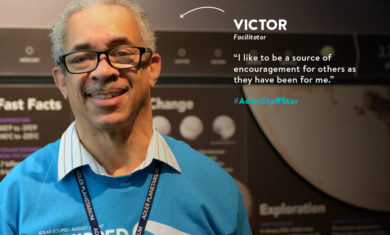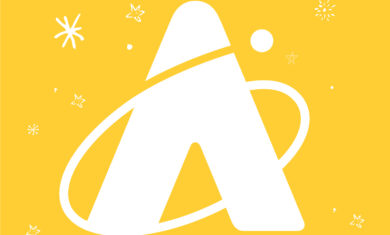A Cross-Country Road Trip With Two Astrolabes

Hi, I’m Chris, Collections Manager at the Adler Planetarium. My job is to ensure the care of objects in the institutions’ collections, which includes ensuring the security of the objects, making sure they are stored properly, and ensuring they are used appropriately in exhibitions. Sometimes my role even extends outside the planetarium walls. The Adler occasionally loans out some of its artifacts to other institutions and that’s when my job gets extra exciting. Due to the valuable and historically significant nature of the Adler’s collection, all artifacts lent out by the Adler must be escorted to their final destination by a courier.
Yep, you read that right. Every single artifact—whether a massive telescope or an itty-bitty sundial—must be personally accompanied by myself, from the Adler’s collection vaults to their ultimate destinations.
How does this work? Well, let me tell you about a recent drop off I did for two astrolabes that went out on loan to Duke University’s Nasher Museum of Art for inclusion in their incubator gallery In Transit: Arts & Migration Around Europe back in September 2018.
The first step in the process required me to ensure any objects requested for the loan could be covered by insurance during the transit to the destination and while on display at the destination. This process usually begins about six to eight months before an artifact can be cleared for transport. Check off this box for our two astrolabes.
Next, I was responsible for ensuring that any mounts and display cases the artifacts would sit in during their period on loan were up to conservational standard, meaning that they would be safe during display and secure from tampering among other factors. Next step was to bring in special conservators to ensure the artifacts were safe to travel. In the case that they are, I commission specially-constructed crates that are specced out and built specifically for the artifacts’ safe transport.
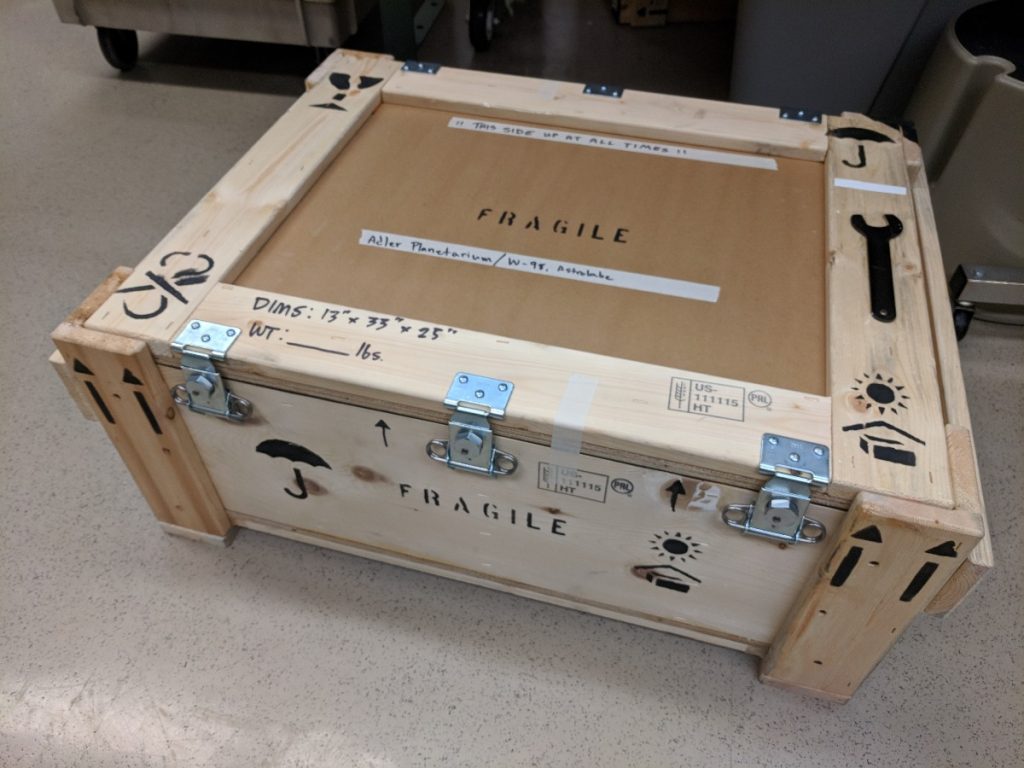
One of the objects that we prepared for Nasher—a paper astrolabe from the 16th century—was rather fragile. My team had concerns that it might not do so well in transit. To note, if on loan artifacts are traveling overseas extra special care has to be taken to ensure the materials contained within the artifacts don’t violate any international laws or treaties (particularly ivory). Luckily for our little paper astrolabe, it was only traveling about 800 miles across the continental United States to Durham, North Carolina.
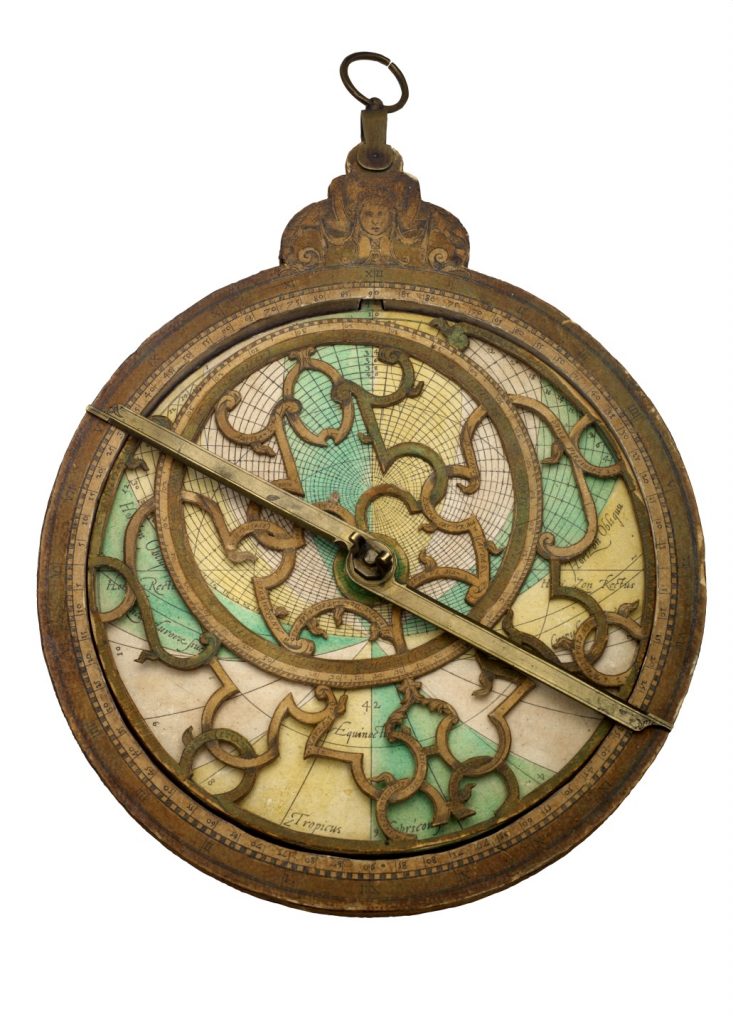
Thankfully, both objects inspected by the special conservators were cleared for transport—our paper astrolabe was in the clear! We then readied them for shipment in their special crates, jumped in the transport van on shipment day, and headed out on the open road.
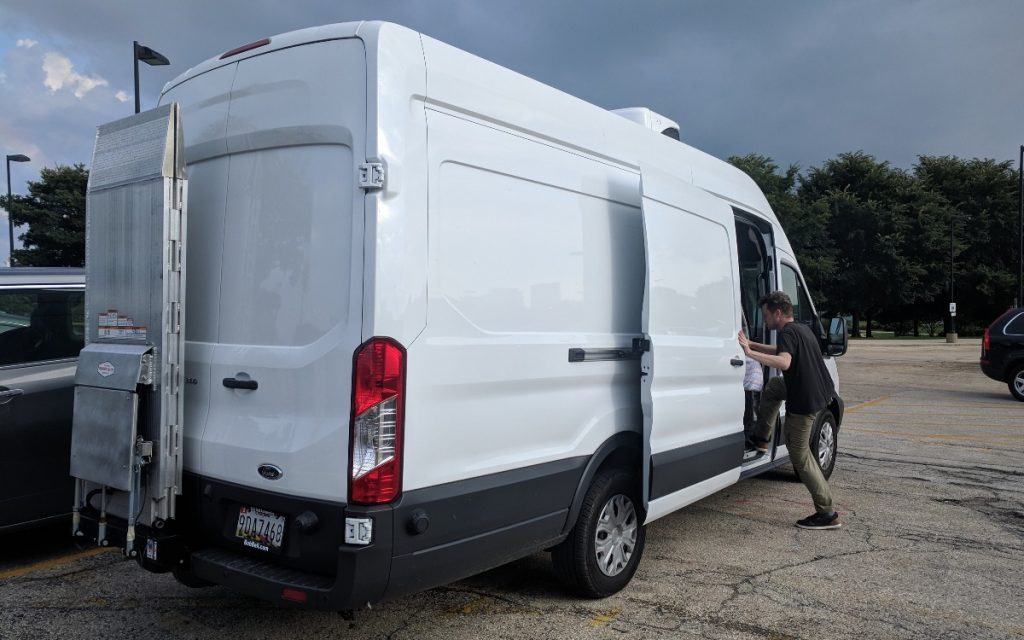
My courier team and I left Chicago at 5:00 pm CT on a Tuesday, slated to arrive in Durham at 8:00 am

As glamorous as that sounds, my “escorts” were really just drivers who work for a company that specializes in the crating, packing, and shipping of precious art and artifacts. All together, our job was to ensure the safe transport of the astrolabes, which meant that someone had to stay with the van and the artifacts at all times. No exceptions. Partially, this is for practical reasons, but also for insurance reasons so we don’t run the risk of something happening to the objects necessitating an insurance claim. So, we took turns making quick stops and going into gas stations for snacks or bathroom breaks.
For this job, my drivers weren’t armed, but I have been escorted by armed guards on previous courier trips. The security measures really depend on the object being transported and where or not the insurance companies feels an object is valuable enough to require armed escort. Occasionally, the shipping company might require this as well.
But I digress. When we finally arrived at the Nasher Museum of Art in the early morning, we were met by bleary-eyed members of their collections and exhibitions teams. Working together, we carefully moved the crated astrolabes from the van to a secured, climate-controlled storage space where they needed to rest and acclimate to the local climate for 24 hours before opening.
After this acclimation period, it was time for the artifact installation in the new gallery. The astrolabes were unpacked one by one, then studied briefly for a conditions report and to check for any damage. Thanks to our careful planning, both objects arrived in great condition—even our delicate paper astrolabe! I then helped members of the Nasher team install the objects into their new temporary home where they lived until January of this year when they made their return trip home.
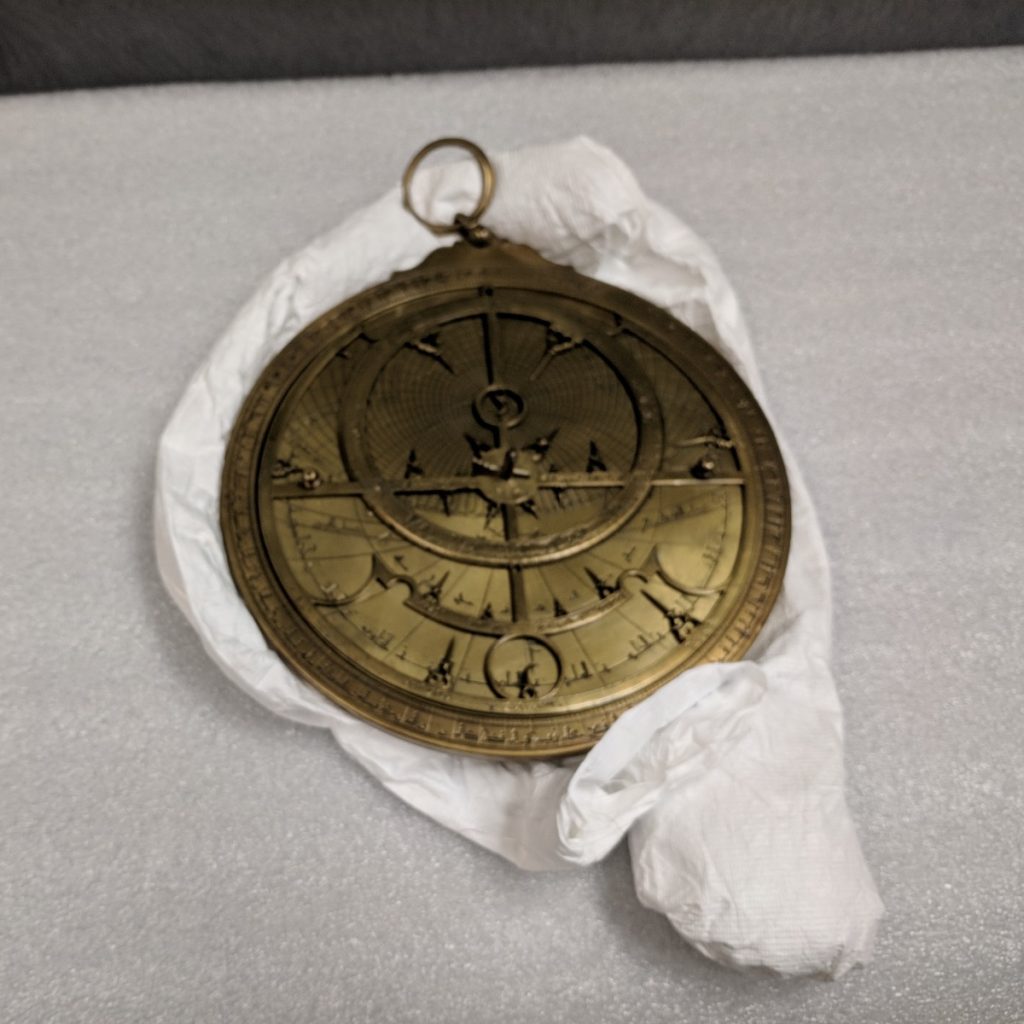
And there you have it! That’s how collections objects at the Adler are transported for display at other institutions. The process may sound a bit over the top, but it’s all for the protection and preservation of important historical objects. I really enjoy being the person who gets to see this process out. It helps me get to appreciate parts of the world that I may not have otherwise had the chance to experience. And it’s mind-blowing to know that the Adler’s collections objects are helping people in little pockets all over the globe learn a little something new about our understanding of history. For me, that’s pretty cool.
Until next time!




